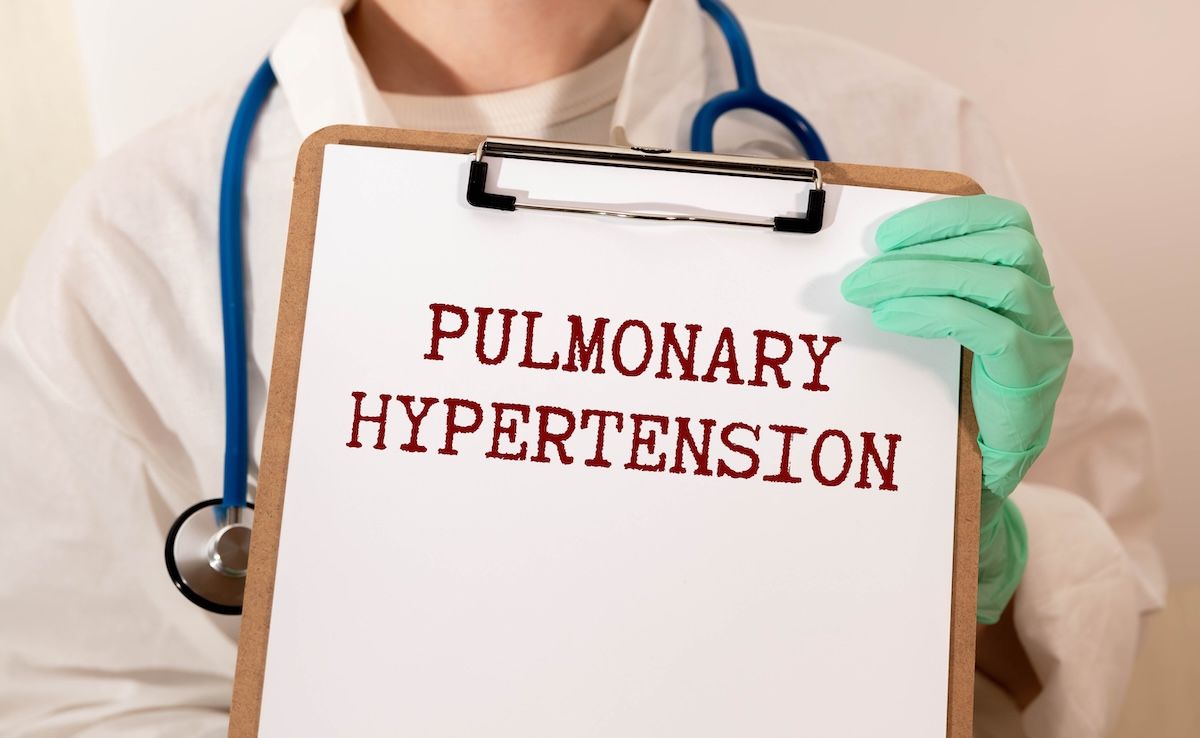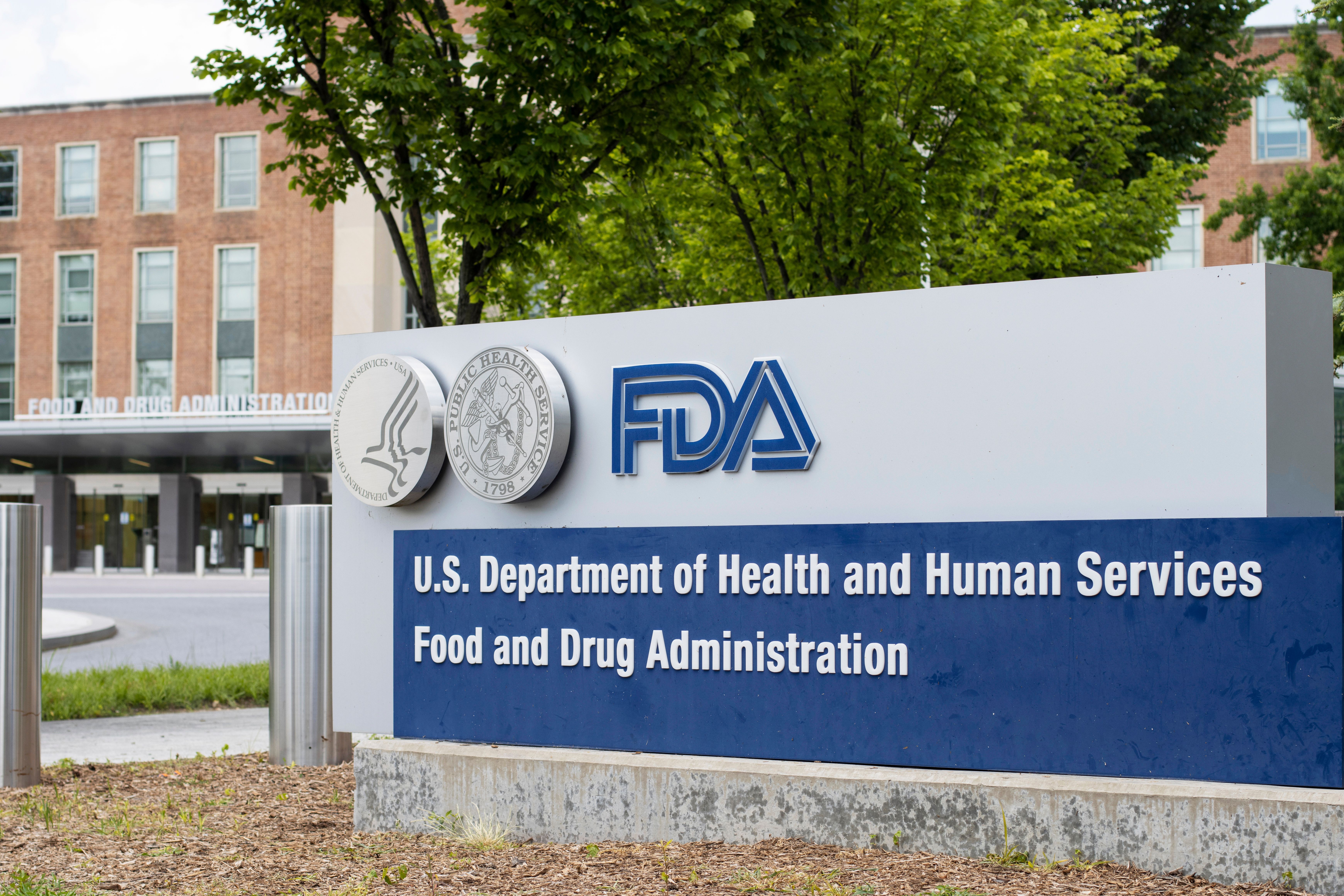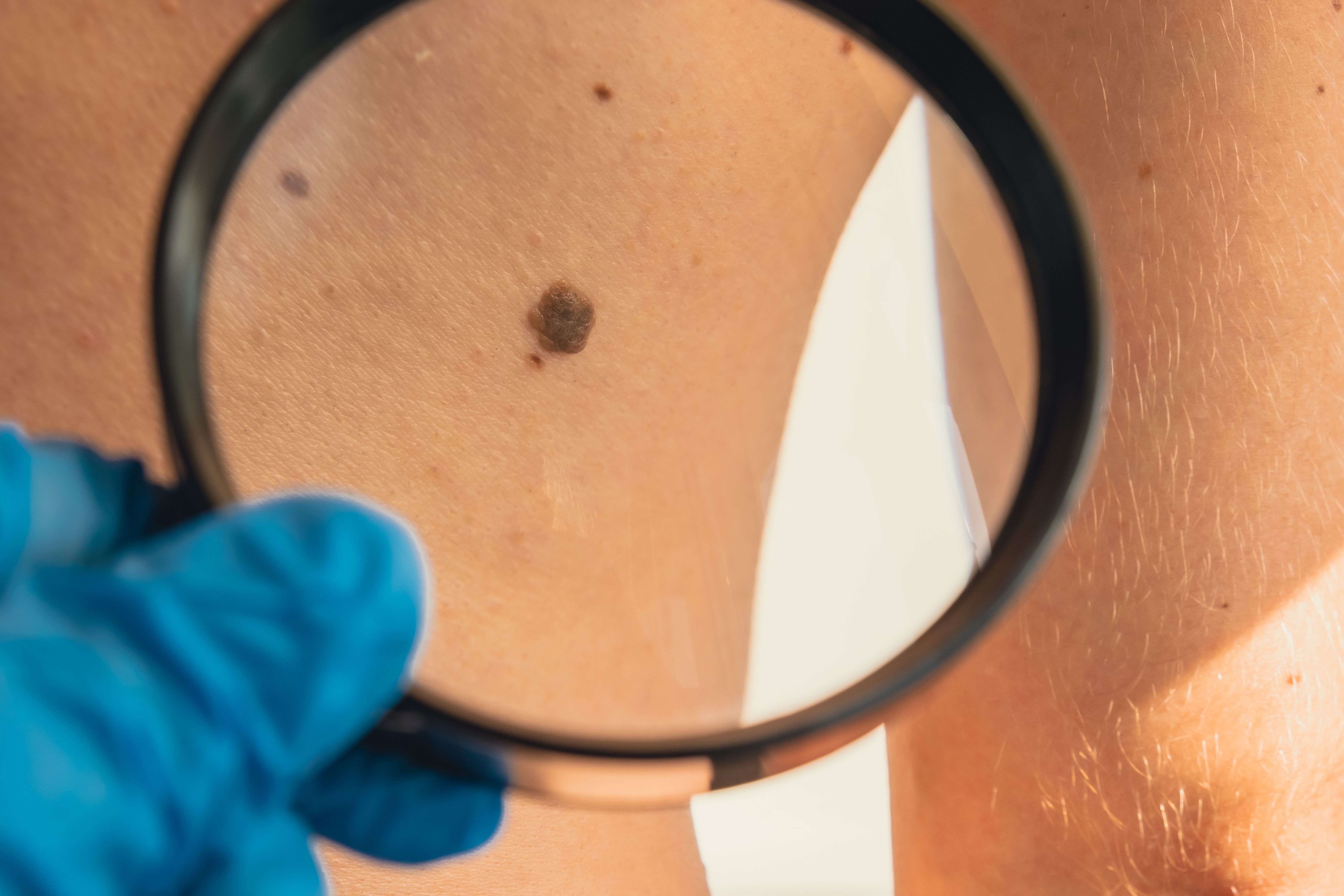News
Article
PAH Therapies Improve Outcomes in PH-ILD
Author(s):
Key Takeaways
- PAH therapies improved hemodynamic parameters and reduced NT-proBNP levels in PH-ILD patients, indicating potential benefits.
- Precision medicine could help identify PH-ILD patients who may benefit from PAH-targeted therapies, despite current FDA restrictions.
Pulmonary hypertension is a common consequence of interstitial lung disease (PH-ILD), with the highest rate seen among individuals who have idiopathic pulmonary fibrosis. Overall, most cases of PH in the setting of ILD are mild.
Hemodynamic parameters—pulmonary vascular resistance and mean pulmonary artery pressure (mPAP), in particular—improved in patients with interstitial lung disease (ILD)–precipitated pulmonary hypertension (PH-ILD) who were treated with common pulmonary arterial hypertension (PAH) treatments. Levels of N-terminal pro-B-type natriuretic peptide (NT-proBNP) were also significantly reduced, according to findings published in Journal of Clinical Medicine Research.
This new research has implications for future use of precision medicine to better identify who among these patients is likely to benefit from PAH-targeted therapy, as well as which method of therapy administration is most effective. Presently, the FDA only allows PAH-targeted therapies in patients with PH who have chronic thromboembolic PH.
PH is a common consequence of ILD because of vascular and parenchymal remodeling, with the highest rate seen among individuals who have idiopathic pulmonary fibrosis. Most of these cases are considered mild, with their mPAP measuring 25 and 35 mm Hg via right heart catheterization.
Thirty-seven patients from the University of Chicago Medicine PH registry were included in this retrospective review, from among 1507 patients living with PH and enrolled in the registry between January 1, 1997, and October 30, 2021; ILD diagnosis was classified by subtype and radiographic pattern. Outcomes were compared before and after treatment by looking at demographics, ILD type, PAH-targeted therapy, hemodynamics, and NT-proBNP.
These results warrant further clinical investigation, and call for the use of precision medicine to phenotype patients with advanced PH, such as that seen with ILD. | Image Credit: © Uladzislau-stock.adobe.com

Before PAH-Targeted Treatment
At baseline, the mean (SD) patient age was 60.22 (10.54) years; most of these patients were female patients (78.4%), African American (54.1%) or Caucasian (40.5%), and had connective tissue disease–associated ILD (73%); and their most common comorbidity was connective tissue disease (73%). Usual interstitial pneumonia, in 46%, was the most common radiographic pattern.
Sixty-eight percent of patients had World Health Organization functional class (WHO FC) III disease and 19.4%, WHO FC II disease. The mean distance seen with the 6-minute walking distance (6MWD) test was 233 m among 10 patients, mPAP was 45 (11) mm Hg, PVR was 9 (4) Wood units, and median (IQR) NT-proBNP was 1498 (675-3208) ng/dL. Pulmonary function test (PFT) results were noteworthy, the study authors said, because of the numbers seen in relation to percent predicted for total lung capacity (TLC), forced vital capacity (FVC), forced expiratory volume in 1 second (FEV1), and diffusion limitation of carbon monoxide (DLCO):
- TLC: 68.9% (20.2%)
- FVC: 59.9% (15.7%)
- FEV1: 63.0% (16.2%)
- DLCO: 34.5% (15.3%)
The most common type of PAH-targeted therapy was monotherapy with the phosphodiesterase-5 inhibitors (PDE5-Is; 51.4%), dual therapy with a PDE5-I and an endothelin receptor antagonist (ERA) was seen in 24.3%, and triplet therapy with a PDE5-I, ERA, and prostanoid was used by 2.7%.
After PAH-Targeted Treatment
Although significant improvements were not seen for WHO FC disease type or on exercise stress tests, PFT, and 6MWD tests, statistically significant improvements were seen in NT-proBNP, and hemodynamics.
After a mean 46-week follow-up, drops were seen in mean right atrial pressure (mRAP), mPAP, pulmonary capillary wedge pressure (PCWP), PVR, and in NT-proBNP:
- mRAP: 6.71 (4.08) mm Hg from 9.93 (7.75) mm Hg
- mPAP: 38.81 (12.62) mm Hg from 44.13 (10.87) mm Hg
- PCWP: 10.67 (6.69) mm Hg from 11.83 (3.01) mm Hg
- PVR: 4.50 (2.13) WU from 8.38 (3.76) WU
- NT-proBNP: 842 (295-2329) from 1421 (675-2709)
Cardiac output and index both rose: 4.25 (1.31) to 5.17 (1.07) L/min and 2.11 (0.69) to 2.67 (0.65) L/min/m2, respectively.
The only adverse effect reported was a headache in 1 patient, but the authors attributed that to their study’s retrospective nature.
Conclusions
Knowing that little data exist on the benefits of PAH-targeted therapy in a population who has PH-ILD, the present study authors highlight how their findings show improved hemodynamics—despite being “underpowered to detect associations between individual classes of PAH-targeted therapies and hemodynamics.” Their results warrant further clinical investigation, and call for the use of precision medicine to phenotype patients with advanced PH, such as that seen with ILD.2
References
1. Selvan KC, Teerapuncharoen K, Bag R. Oral pulmonary arterial hypertension-targeted therapy in patients with pulmonary hypertension due to interstitial lung disease. J Clin Med Res. 2025;17(3):153-163. doi:10.14740/jocmr6164
2. Singh N, Dorfmuller P, Shlobin OA, Ventetuolo CE. Group 3 pulmonary hypertension: from bench to bedside. Circ Res. 2022;130(9):1404-1422. doi:10.1161/CIRCRESAHA.121.319970




